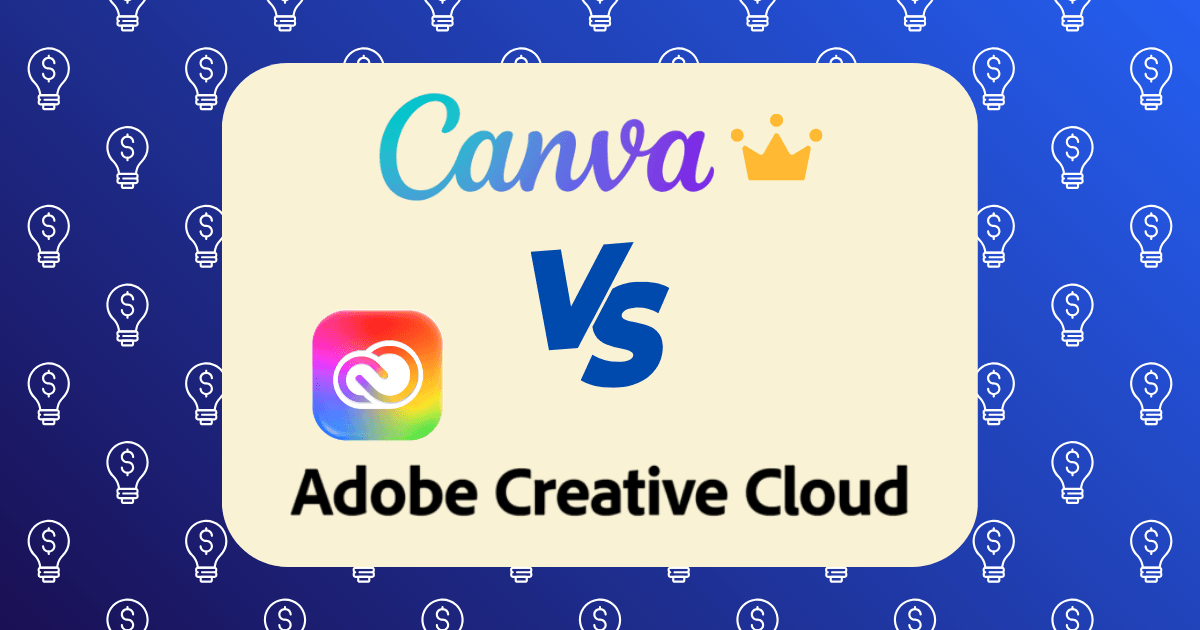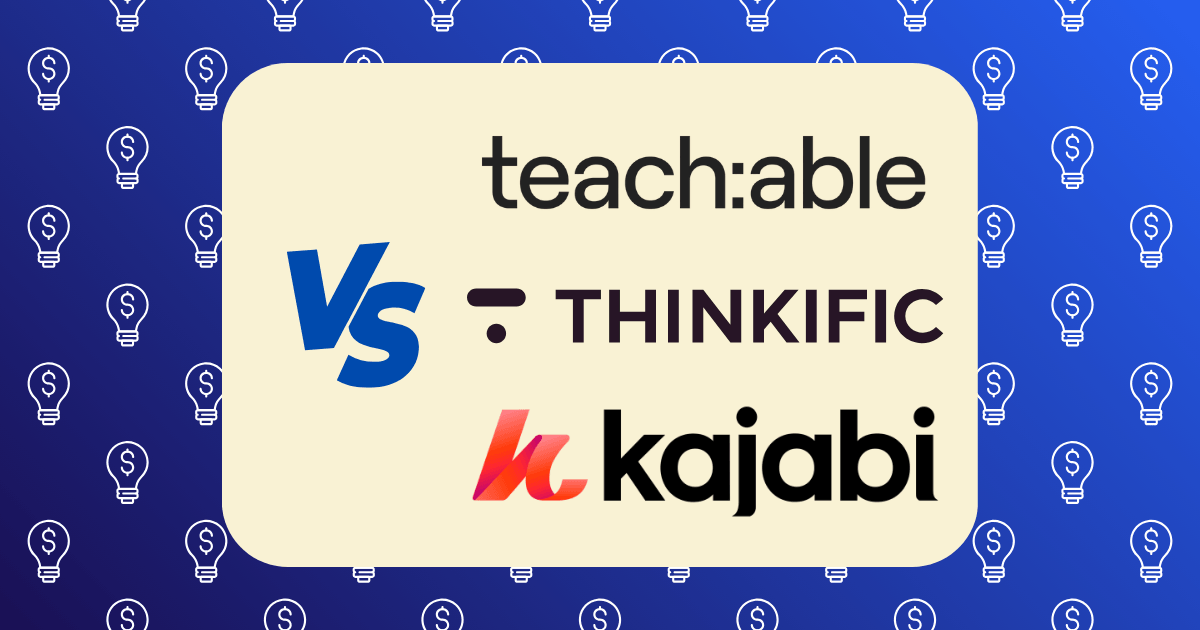No-Code SaaS: How I Built and Sold a Software Tool Without Writing a Single Line of Code

Last year, I was stuck in the same rut many entrepreneurs find themselves in: great ideas, minimal technical skills, and quotes from developers that made my eyes water. Fast forward 11 months, and I’d built, scaled, and sold a SaaS product for a healthy six-figure sum—without writing a single line of code.
Sounds like fiction? I thought so too, until I did it.
The Lightbulb Moment
It started when a friend complained about tracking client feedback across multiple platforms. “There’s got to be a better way,” he said. That night, I sketched a solution on the back of a napkin (entrepreneurial cliché, I know, but it actually happened).
The problem was clear: creative professionals needed a centralized system to collect, organize, and implement client feedback. The bigger problem? I couldn’t code my way out of a digital paper bag.
Enter the world of no-code development.
Choosing My No-Code Arsenal
After researching various no-code platforms, I settled on a combination of tools:
- Bubble for the main application interface
- Airtable for the database
- Zapier for automations and integrations
- Stripe for payment processing
Why this stack? Bubble offered the flexibility I needed for a custom UI. Airtable provided a robust yet user-friendly database. Zapier connected everything seamlessly, and Stripe’s documentation made implementing payments surprisingly straightforward.
From Concept to MVP in 30 Days
Unlike traditional development, which might take months to deliver a minimum viable product, I had a working prototype in just over three weeks. Here’s how I approached it:
- Week 1: Mapped user flows and designed wireframes using Figma
- Week 2: Built the core database structure in Airtable
- Week 3: Developed the main interface in Bubble
- Week 4: Connected everything with Zapier and implemented basic analytics
The first version was ugly. Really ugly. But it worked, and that’s what mattered.
Finding My First Paying Customers
With an MVP ready, I needed users. I didn’t have a marketing budget, so I got creative:
- Posted in relevant Facebook groups where my target users hung out
- Created a ProductHunt launch that netted 200+ sign-ups
- Personally reached out to 50 creative professionals on LinkedIn
- Offered a lifetime discount for early adopters willing to provide feedback
Within 60 days, I had 27 paying customers at $29/month. Not retirement money, but validation that I was solving a real problem.
Scaling Without Breaking (Everything)
As user numbers grew, I encountered the first major hurdle of no-code development: scaling issues. My Bubble app slowed down, and some automations failed under increased load.
Rather than panic, I:
- Optimized database queries in Airtable
- Implemented caching in Bubble
- Upgraded my Zapier plan for more reliable task execution
- Added Integromat (now Make) as a backup automation tool
The lesson? No-code tools have limitations, but with some creativity, you can push those boundaries further than you might expect.
The Monetization Strategy That Worked
My pricing evolved through three distinct phases:
- Early access: $29/month with lifetime discount
- Public launch: Three-tier pricing at $39/$79/$149 per month
- Final model: Usage-based pricing starting at $49/month
The third model proved most profitable, aligning costs with customer value. As users processed more client feedback, they paid more—but they were happy to do so because it meant their business was growing.
By month eight, monthly recurring revenue hit $13,800. Not bad for someone who couldn’t code.
The Unexpected Acquisition Offer
I wasn’t looking to sell. In fact, I was planning feature expansions when an email arrived from the CEO of a creative management platform. They were interested in acquiring my tool to integrate into their ecosystem.
Initial discussions led to a formal offer, and after three months of due diligence (yes, even no-code products require due diligence), we closed the deal.
While I can’t disclose the exact amount due to an NDA, it was in the mid-six figures—enough to fund my next venture and take a much-needed vacation.
What I Learned Building a No-Code SaaS
If you’re considering the no-code route, here are my key takeaways:
The Good
- Speed to market: I launched in weeks instead of months
- Iteration velocity: I could implement customer feedback within days
- Cost efficiency: Total development costs were under $6,000 (mostly subscription fees)
- Focus on business: I spent time on customer needs, not debugging code
The Challenges
- Scalability concerns: Performance issues emerged around 500 active users
- Integration limitations: Some third-party services were difficult to connect
- Customization ceiling: Certain features were impossible without custom code
- Acquisition complexity: Buyers were initially skeptical of a no-code backend
The Surprises
- Developer interest: Professional developers were actually impressed by the solution
- User indifference: Customers didn’t care how it was built—only that it solved their problem
- Acquisition value: The acquirer valued my customer base and solution equally, not discounting due to no-code implementation
- Community support: The no-code community provided invaluable guidance throughout the journey
Could You Do This Too?
Absolutely. But it requires:
- A genuine problem: Focus on real pain points, not “nice-to-have” solutions
- Tool selection wisdom: Choose platforms based on your specific needs, not popularity
- Learning investment: Expect to spend 100+ hours mastering your chosen tools
- Customer obsession: Talk to users constantly and implement their feedback quickly
- Patience with limitations: Accept that some things will require workarounds
Final Thoughts
Building and selling a no-code SaaS wasn’t easy, but it was certainly easier than learning to code from scratch or raising capital for a development team.
The democratization of software creation through no-code tools has opened entrepreneurship to a whole new category of founders. People with domain expertise but limited technical skills can now build valuable, sellable products.
As Gartner predicts, by the end of 2025, 70% of new applications developed by enterprises will use low-code or no-code technologies, up from less than 25% in 2020.
The no-code revolution isn’t coming—it’s already here. The question is: what will you build with it?
Have you built something with no-code tools? I’d love to hear about your experience in the comments below.







